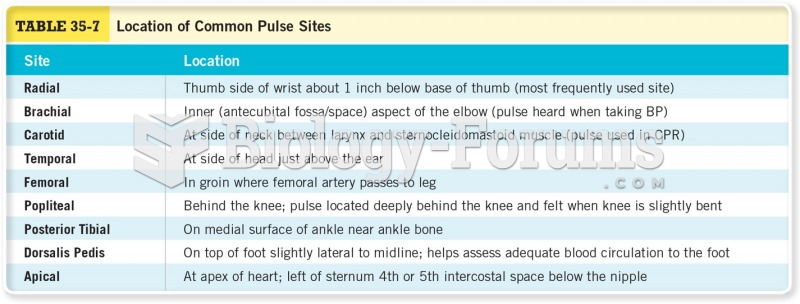Answer to Question 1
Answer: Any two of the following:
(i) represent only a measurement at a point
(ii) wind
(iii) splash in/splash out
(iv) evaporation
(v) human error
(vi) improper location of the gauge
Answer to Question 2
Answer: Standard rain gauges have collecting surfaces with diameters of 20.3 cm (8 in.). The precipitation funnels into a tube with one-tenth the surface area of the collector, so the depth of accumulated water undergoes a 10-fold increase. This amplification lets us measure the precipitation level precisely by simply inserting a calibrated stick into the water, removing it, and noting the depth of the wet portion. Tipping-bucket rain gauges provide a record of the timing and intensity of precipitation. This instrument funnels precipitation from the top like a standard rain gauge, but as the water accumulates it is stored in one of two pivoting buckets. One of the buckets is initially upright, while the other, mounted on the opposite end of a pivoting lever, is tipped downward and away from the collector. When the upright bucket gathers rain equivalent to a certain depth (usually 0.01 in.), the weight of the water causes it to tip over, empty its contents, and bring the opposite bucket to the upright position. The tipping of the pivoting buckets triggers an electrical current to a computer that precisely notes the time of the event. The number of tips per unit of time indicates the precipitation intensity. Snow pillows are large air mattresses filled with an antifreeze liquid and connected to pressure recorders. As snow accumulates on a pillow, the increased weight is recorded and converted to a water equivalent. These instruments have radio devices that transmit the data to a centralized receiving station. In remote mountainous areas, particularly in the western United States and Canada, observations of snow cover have been made for decades at hundreds of snow courses. Usually about 10 observations are made at each snow course by pushing a collection tube into the snow, extracting the tube and its contents, and weighing them on a spring balance. The weight of the snow-filled tube is directly proportional to the water equivalent of the snow cover, and the average of the 10 or so readings is used as the representative value.







